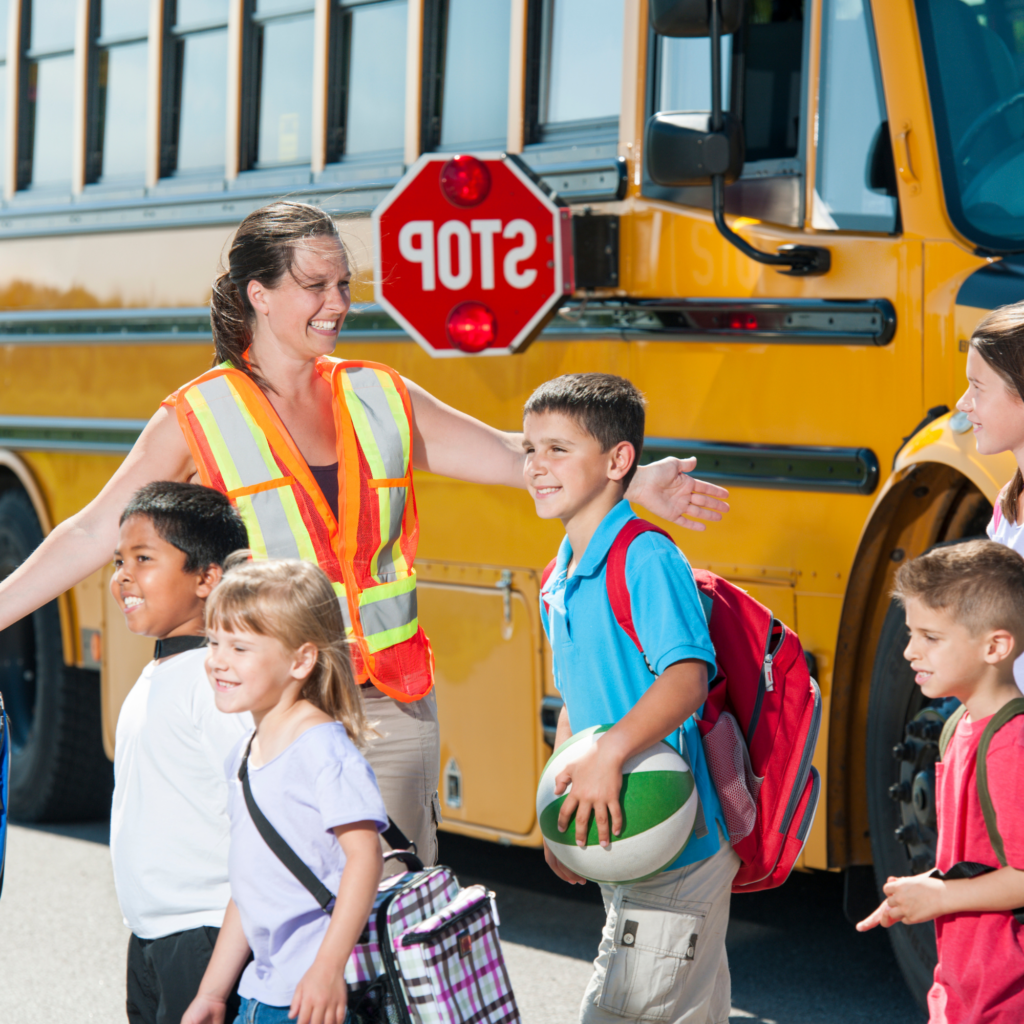As fun-filled summer vacation draws to a close, be aware of DIDASKALEINOPHOBIA (fear of going to school).
School avoidance, school refusal and school phobia are more common terms interchangeably used to describe a constellation of behaviors occurring among 1-5% of school aged children. College students also experience “homesickness” when starting their freshman year, returning to college or even beginning graduate school. Irrespective of age, transitioning to school or college is symbolic of achieving specific milestones in emotional development. Fear, worry and anxiety are common, normal feelings that families and students experience during this adjustment period. The ability to work through these emotions helps build longer term resiliency and strengthens coping skills. Emotional resiliency is a significant protective factor to “toughen up” our mental framework to ward off the ill effects of internal and external stress.

In some instances the fear, worry and anxiety if left untreated can lead to significant maladaptive behavior. Awareness is the first step to master these concerns. The following is a brief summary of what to look for age specific
Ages 5 – 11:
- Clinginess to parent
- Temper Tantrums
- Tearful
- Refuses to separate from parent at home, in car or school
- Excessive crying
- Vague physical complaints like sore throat, headache, stomachache
Ages 11 – 18:
- Defiance
- Running away
- Sleep disruption
- Oppositional
- Anger
- Depression
Ages 18 or Older:
- Anxiety
- Depression
- Impulsive, reckless behavior
- Dark social media posting
- Alcohol/Drug abuse
- Social isolation
- Suicidal threats
These behaviors are descriptive and not exhaustive in nature. Children and young adults are changing rapidly both physically and emotionally. Many times the behaviors listed above cross over from one age group to the other.
Potential Causes:
Recognize and be aware of your own anxiety, worry or fear. Students frequently mirror the emotional tone of their caregiver. Family stress (such as marital conflict, financial issues, physical/emotional illness, moving, etc.) can inadvertently be transferred on to the student irrespective of age.
Arrange a school/college tour before begins to familiarize and normalize surroundings and educators. This helps begin a relationship with administration in case your student has special needs. Also, the stress and anticipatory anxiety will be less for you and your student.
The actual physical transition to school can be the most challenging and difficult. The transition should be quick and supportive but please do not linger. You may have to leave your child crying but eventually the crying will subside. Manage your guilty feelings.
Talk to other parents to learn from their experiences. Realize you are not alone.
Encourage your student to talk about their fears, worry, and anxieties. Listen actively – talking is a way to help build resiliency and enhance the student/parent bond.
Use school resources (counselors) to learn how to best handle the situation and ask for their help.
Give the student a small meaningful object (like a photograph of their favorite pet) which can serve as an emotional “security blanket” when the student is at school.
Always focus on your student’s strengths. Children often have physical growing pains that are a normal and healthy part of human development. Emotional pains occur similarly. They are overcome with education, awareness, and support.
Please find the link to the author’s organization: https://www.nationalcph.com/



